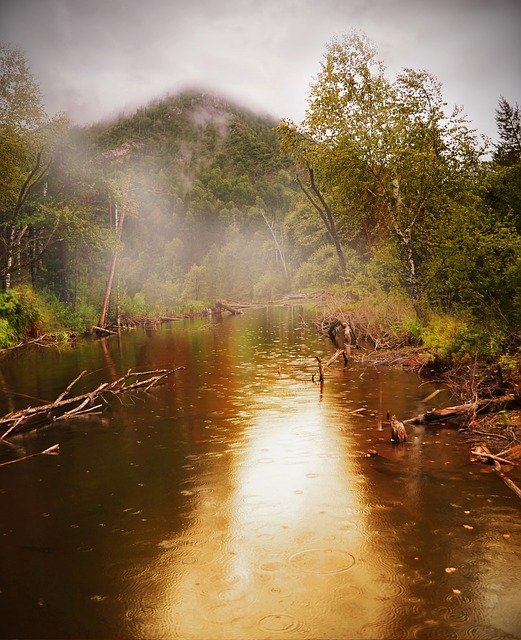B&W Landscape Photography – Some Tips And Why You Need The Best Black And White Photo Printer
 For varied reasons, monochrome landscape photography is well-liked and popular in the field of photography and fine arts. For black and white landscape photographers, getting the correct effect has to be accurate in order for it to work out well. Many of these would boil down to how it would give emphasis to diverse aesthetic elements such as tone, texture, lighting, contrast, as well as form.
For varied reasons, monochrome landscape photography is well-liked and popular in the field of photography and fine arts. For black and white landscape photographers, getting the correct effect has to be accurate in order for it to work out well. Many of these would boil down to how it would give emphasis to diverse aesthetic elements such as tone, texture, lighting, contrast, as well as form.
Technical Considerations – Best Black And White Photo Printer
 In order for it to come out perfectly in print, apart from actually taking excellent B&W landscape photos, it is imperative to consider the technical conditions as well. This makes choosing the best black and white photo printer an essential matter since B&W photo printing necessitates more careful thought compared to your usual color printing.
In order for it to come out perfectly in print, apart from actually taking excellent B&W landscape photos, it is imperative to consider the technical conditions as well. This makes choosing the best black and white photo printer an essential matter since B&W photo printing necessitates more careful thought compared to your usual color printing.
If you aren’t careful of your choice when it comes to the best black and white photo printer, this may result in faint bleeding of color inks as well as an insufficient range of grey and black tones which can cause undesirable color casts and tones in your photo print ruining your perfect shot.
Black and White Landscape Photography Tips
 Many landscape photographers prefer black and white or monochrome photography because black and white is actually beautiful. Moreover, taking photos of various landscapes in black and white or monochrome is expressive, dramatic, semi-abstract as well as timeless.
Many landscape photographers prefer black and white or monochrome photography because black and white is actually beautiful. Moreover, taking photos of various landscapes in black and white or monochrome is expressive, dramatic, semi-abstract as well as timeless.
Any B&W landscape photographer would agree that there is no substitute to practice to develop and improve your eye and skill for black and white photography. But it can do you good to try out some tips and tricks to help you become good and even great at taking black and white landscape photography. So, here are a few:
- One of the most vital components to consider when it comes to B&W landscape photography is light. Make sure that there is a diversity of light or brightness in your photos to create highlights and contrasts. Again, practice is key.
- It is important that your foreground sticks out or is more prominent in brightness from the rest of the surrounding. This too will make a fine composition as it sets the vista and helps direct your audience eye throughout the picture. Your background is important too. Make certain that it has a solid structure which won’t disappear by small contrasts of colors.
- Rather than looking at landscapes as series of colors, look at it as tones. In terms of B&W photography, color is the one thing that you don’t actually have. Because of this, not all landscapes will look beautiful in monochrome. However, with practice and creativity, it will become much easier for you to see these tones and take excellent photographs.
Check out the video below for more B&W landscape photography tips.

